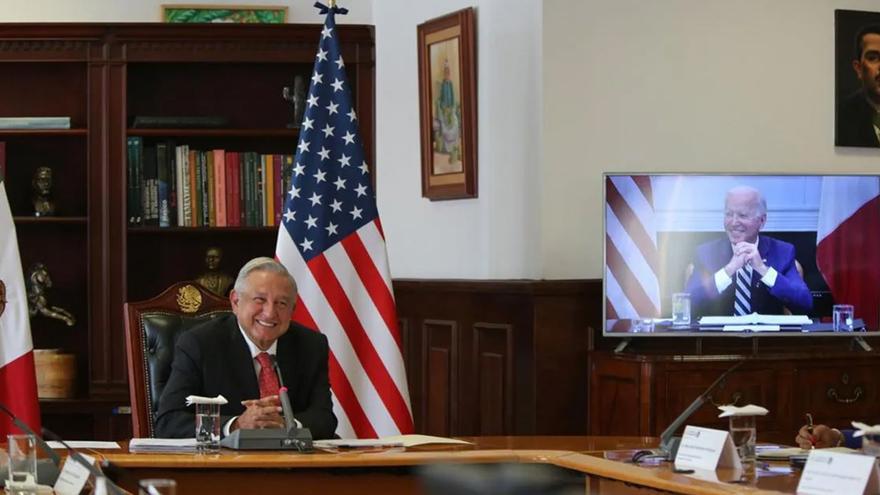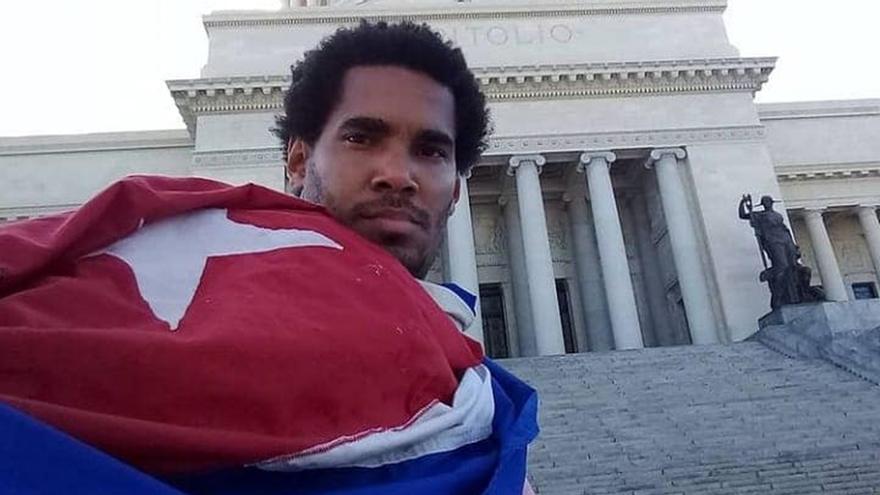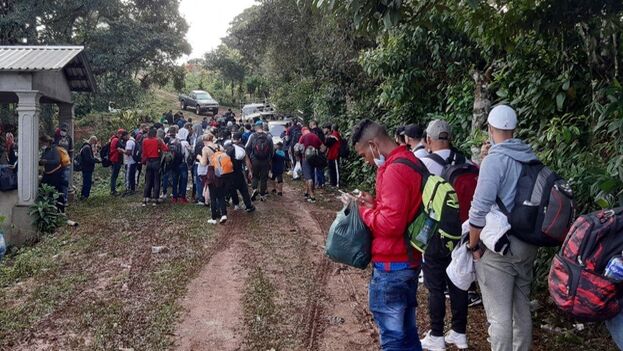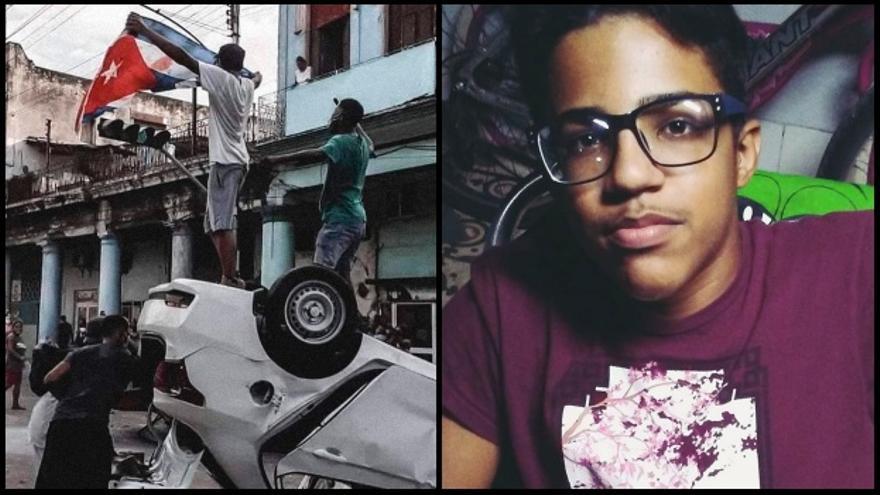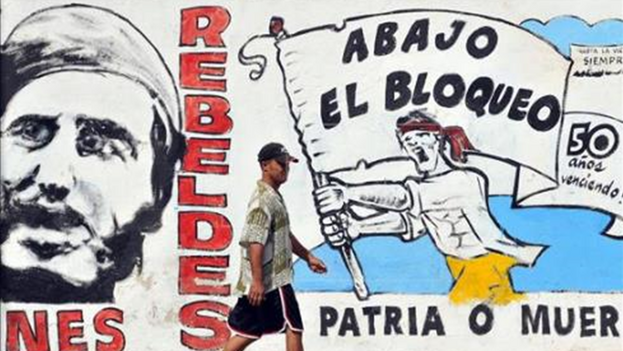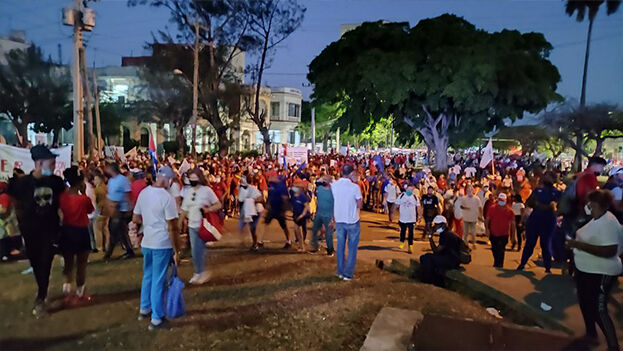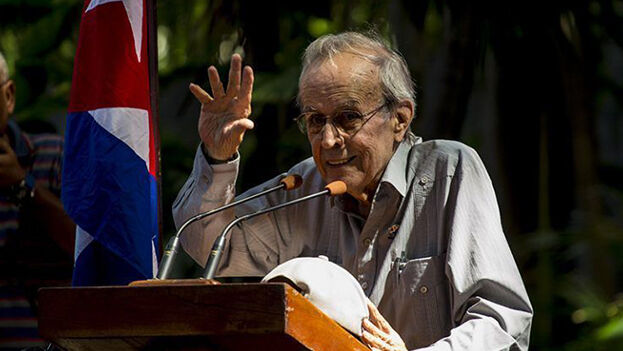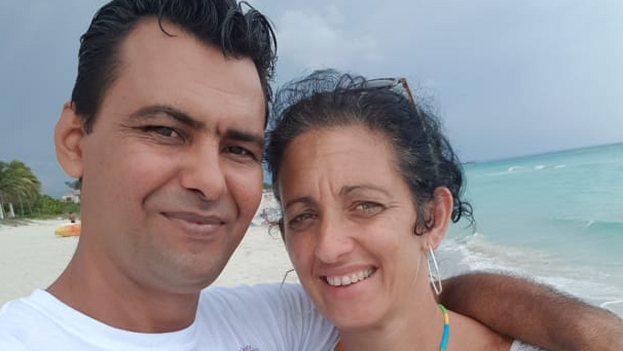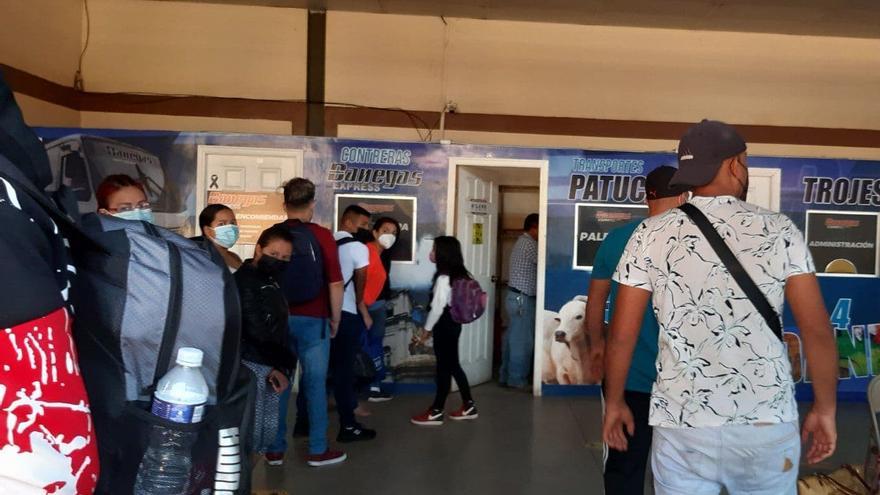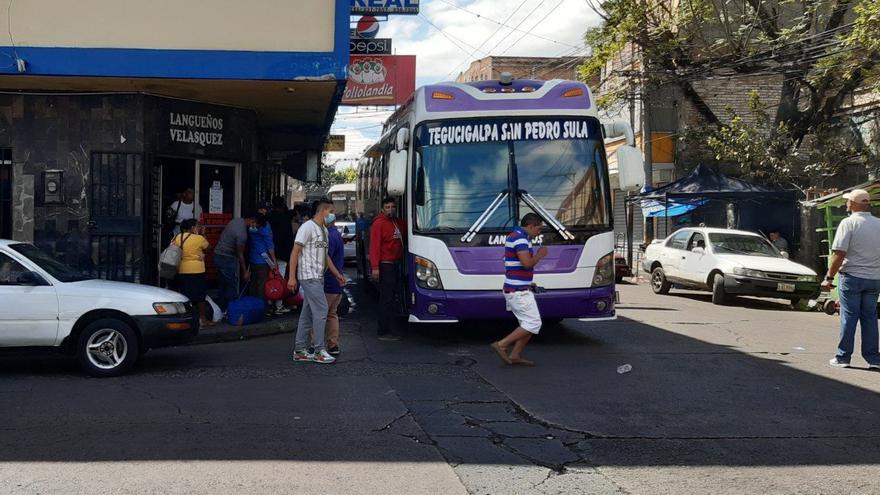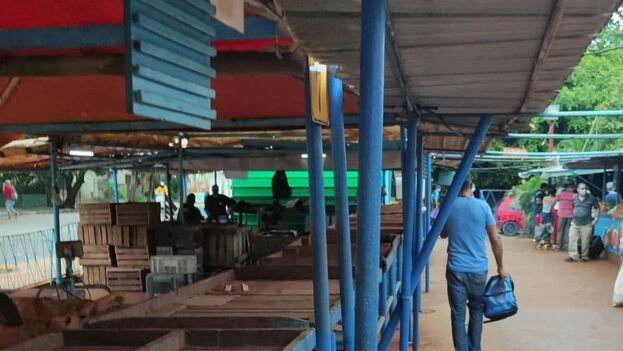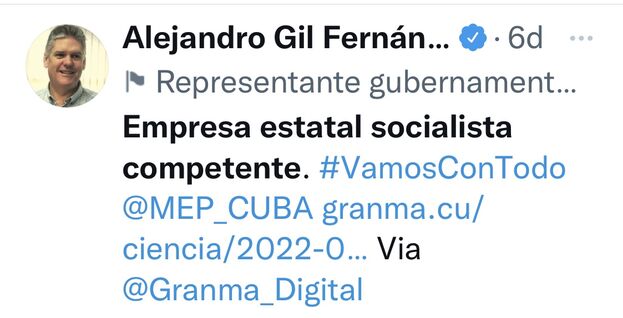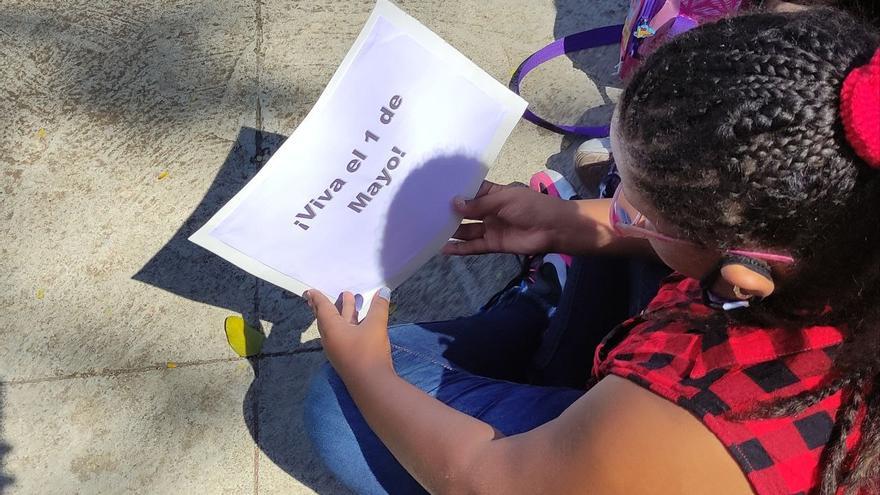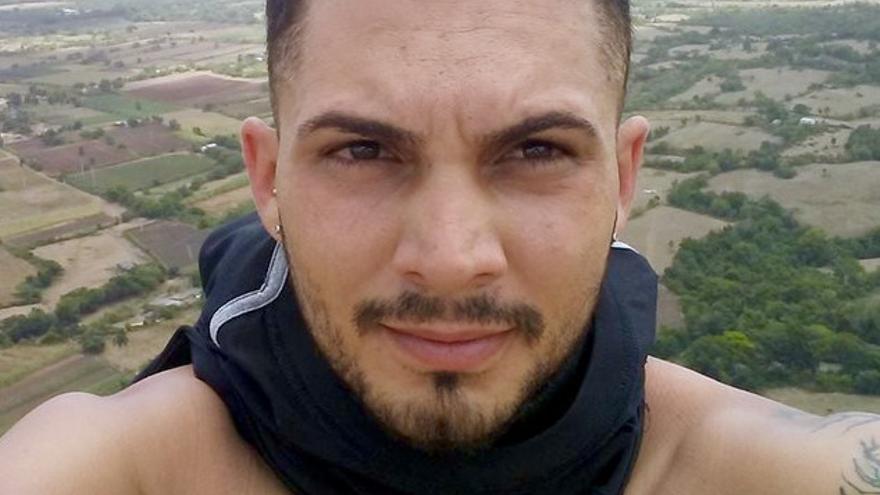
![]() 14ymedio, Havana, May 3, 2022 — R turning to Cuba from Europe — where she denounced the situation of her son who was sentenced to prison after July 11th (11J) –has not been easy for Ailex Marcano, mother of Ángel Jesús Véliz Marcano. Authorities subjected her to an interrogation for three hours and confiscated 3,000 pesos, according to the account she gave Radio Television Martí from Camagüey, where she lives.
14ymedio, Havana, May 3, 2022 — R turning to Cuba from Europe — where she denounced the situation of her son who was sentenced to prison after July 11th (11J) –has not been easy for Ailex Marcano, mother of Ángel Jesús Véliz Marcano. Authorities subjected her to an interrogation for three hours and confiscated 3,000 pesos, according to the account she gave Radio Television Martí from Camagüey, where she lives.
Marcano was in Madrid and Geneva, invited by the Cuban Observatory of Human Rights, where she denounced the situation of Cuban prisoners before the Spanish press and the UN. The feeling of solidarity and support she received in Europe disappeared when she stepped foot in Havana’s airport.
“They asked why I went to Spain, if I went by invitation, the purpose of my trip, who I met with, what the results were, whether I believed my situation would be resolved. I told them that I had not been listened to here, that the law was not being upheld because my son is not a violent person, nor aggressive and he is currently serving a six-year sentence for assault and public disorder, that I’d continue to do what I had to do for my son’s freedom because he should not be there,” Marcano told the news outlet.
For her return to Camagüey, Ángel Jesús Véliz Marcano’s mother was carrying 3,000 Cuban pesos, which were confiscated at the airport for exceeding the current 2,000 limit in Cuba. In mid-April, the Central Bank of Cuba approved an increase to the maximum amount that can be imported to the country to 5,000 pesos but the resolution stated that it would go into effect 30 days after being published in the Gaceta Oficial [Official Gazette].
Marcano confirmed that a man dressed in civilian clothing took her before the lieutenant colonel who interrogated her. As she exited, when she was entering the car to return to Camagüey, a police officer asked the driver for identification and documents. The vehicle was detained along the route at a check point where her luggage was searched, in her view, looking for a T-shirt or other article of clothing with an antigovernment message. continue reading
Despite the trouble, Ailex Marcano feels “super strengthened, with more energy.” In Europe she has seen “the enormous contrast between one society and the other. I mean, there I am welcomed, they help me, they empathize with me and I return to my country and I am a stranger, I am terror, I am accosted, I am limited,” commented the woman, who has been one of the most firm voices denouncing the incarceration of the July 11 protesters.
Her 27-year-old son was arrested on July 18, 2022 and sentenced to six years in prison, which he is serving in the Cerámica Roja prison in Camagüey, after passing through other facilities. Marcano has revealed that in the coming days he will be transferred to another, lower-security facility.
“My son participated voluntarily and spontaneously in the demonstrations, no one incited him. It is sad, what we family members are going through only because our children participated peacefully in the demonstrations, which were necessary,” she said in Madrid.
Marcano requested “international support” for families and mothers of the prisoners and reproached “national organizations” which refused to listen to those affected. In particular, she referred to the Federation of Cuban Women, which “is not sensitive to” the prisoners’ mothers, while in other countries they are “worried and concerned” for them.
“They are doing the work of listening and supporting, we don’t have this on the Island,” she added.
Despite the harassment she experiences from the Government, Marcano assures that she will not give up for her son, with whom she was able to speak upon her return to Cuba, as she revealed to Martí Noticias. “Mama I am very proud of you, you really have taken off,” he said.
The woman did not stint on words of praise for her son and those, who like him, went out to the street once they understood “the reality… Those young people, perhaps have innovative ideas that will lead us to live in a better world and make their dreams a reality. They have made us what we are today, we have awakened, we know the reality, we no longer believe what was written in the text books.”
Translated by: Silvia Suárez
____________
COLLABORATE WITH OUR WORK: The 14ymedio team is committed to practicing serious journalism that reflects Cuba’s reality in all its depth. Thank you for joining us on this long journey. We invite you to continue supporting us by becoming a member of 14ymedio now. Together we can continue transforming journalism in Cuba.


